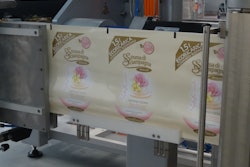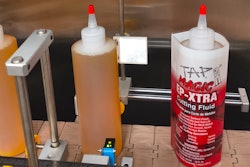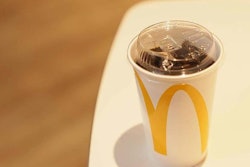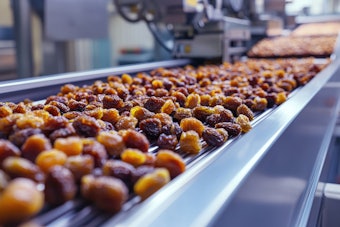1. Test until failure. Remember, you don’t test for the first sign of success; you test until you see the first sign of failure, in order to understand machine and process limitations. Check out different conditions such as varying temperatures and humidity levels during Factory Acceptance Testing. This is especially important when incorporating combination weighers, which demand precise, accurate, reliable product flow and package positioning, especially at bag openings.
2. Match the material to the product and machine. If these aren’t in alignment, you’re in for trouble. If they are aligned, you’ll avoid waste, delays, and chaos. You can’t have a 10-pound bag with nine pounds of product; you also have to harmonize the bag opening with the machine. Understand film rigidity, coefficients of friction, and fitments before you select equipment. Don’t underestimate the number of variables to consider.
3. Understand the unique requirements of your product. There are scores of suppliers whose offerings look fairly similar at first pass. Before you start contacting vendors, however, understand your requirements. Are you subject to USDA or FDA regulations?
Are you a dairy that must comply with 3-A Sanitary Standards? Different standards and regulations require compliance with specific engineering design and construction requirements.
4. Pay attention to the details of the machine. A focus on cost often clouds the details. How a machine works may be more important, in the long term, than what it costs today. There are hundreds of reasons some machines cost less or more than others. Is the entire machine servo-controlled? Are adjustments totally mechanical? That could cause a three-hour changeover. How does the machine adjust? Be a stickler in understanding the construction of the machine. How do you feed in product and control the flow?
5. For form/fill/seal machines, simpler is better. There’s no need to purchase unnecessary options; typically they represent potential breaking points, and these machines cost enough without the extras. Because heavy dies are commonplace in f/f/s applications, make sure you have a good way to remove and repair them. Access to parts for maintenance may be especially critical, as new technologies offer, for example, ultrasonic sealing methods, die-cutting of pouch package shapes, and the ability to add spouts—in some cases all within the f/f/s process. Consider access to all sides of the machine, and think carefully where it will be placed in your plant.
6. Loosen up. When thermoforming and flow wrapping, incoming material may be too tightly wound. This can be a root cause of equipment problems. Also, make sure that your equipment can handle larger rolls.
7. Have a well-considered waste strategy. With an increasing focus on environmental and sustainability issues, it is important to know how you will handle waste. What processes (e.g., shredding) will you employ to deal with it?
8. Think long term. The typical life of a machine is 20 years, and initial capital cost issues fade over time. Don’t let them distort your thinking. Remember to analyze operating costs along with performance and efficiency, and remember to account for the cost of consumables, down to the ink used on coders. Thinking in terms of Total Cost of Ownership for the full life cycle of your capital equipment enables you to more clearly analyze machine effectiveness and performance parameters. Additionally, long-term analyses lead to optimal repair-replace decisions as machinery nears the end of its service life.
9. Assess the speed to value. CPGs are looking for flexible machinery lines to run at faster rates to accommodate the expectations of plants using rigid packaging lines. But flexible packaging isn’t rigid, and this can be quite challenging. Speeds are increasing as continuous motion replaces intermittent-motion machinery, and as multi-up formats gain popularity in fill/seal and f/f/s processes. For example, instead of a single bag-per-cycle machine topping out at 180 bags/min, a new machine producing four or more bags per cycle may prove a big plus for a plant seeking to undergo a rigid-to-flexible conversion.
10. Consider addition by division. Splitting the line into primary and secondary packaging subsystems may be advantageous, especially when separate suppliers are involved. Consider using the supplier of each segment of the line as a subcontractor to integrate the elements with which they are most familiar.
Liked this article? Download the entire playbook here.


























